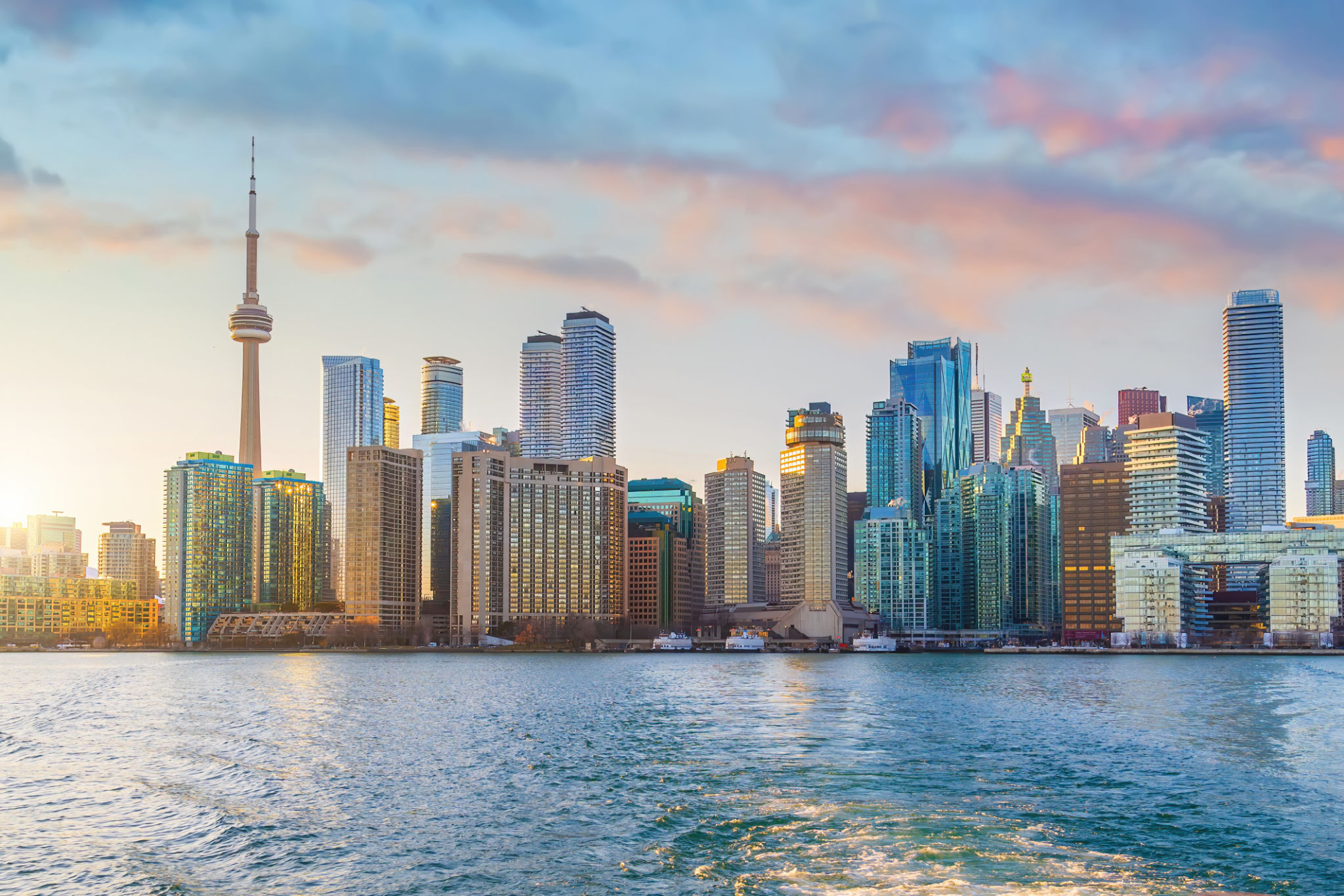Creating a Sustainable Landscape Design for Your Business
Understanding Sustainable Landscape Design
Creating a sustainable landscape design for your business involves more than just aesthetics; it’s about developing a space that is environmentally friendly, economically viable, and beneficial to both employees and clients. A sustainable landscape can reduce costs, improve the local ecosystem, and create a welcoming environment.

The Benefits of a Sustainable Landscape
Implementing a sustainable landscape design can lead to significant benefits. First, it reduces the environmental impact by utilizing native plants, conserving water, and minimizing waste. Additionally, it can lower maintenance costs and energy consumption, ultimately leading to financial savings.
Moreover, a thoughtfully designed landscape can improve air quality, provide habitats for local wildlife, and create a more pleasant atmosphere for employees and visitors. It can also enhance your company’s reputation as a socially responsible business.
Key Elements of Sustainable Landscape Design
To create an effective sustainable landscape, consider incorporating the following elements:
- Native Plants: Choose plants that are native to your region, as they require less water and maintenance.
- Water Conservation: Implement efficient irrigation systems and rainwater harvesting techniques.
- Soil Health: Use organic fertilizers and compost to maintain healthy soil.
- Energy Efficiency: Use strategically placed trees and shrubs to provide shade and reduce cooling costs.
Steps to Designing a Sustainable Landscape
To begin designing your sustainable landscape, start with a comprehensive plan. Assess your current landscape, identify areas for improvement, and set clear goals. Consider working with a landscape designer who specializes in sustainable practices.

- Site Assessment: Evaluate the existing conditions of your site, including soil quality, sunlight exposure, and drainage.
- Design and Planning: Develop a design that incorporates sustainable practices and aligns with your business goals.
- Implementation: Begin implementing the design with a focus on sustainability and resource efficiency.
- Maintenance: Regularly monitor and maintain the landscape to ensure it remains sustainable over time.
Overcoming Challenges
While creating a sustainable landscape offers many benefits, there are challenges to consider. Initial costs might be higher due to the need for specialized materials and expertise. However, the long-term savings and environmental benefits usually outweigh these initial expenses.
Additionally, changing weather patterns can impact plant selection and maintenance practices. Staying informed about climate resilience strategies will be crucial in adapting your landscape design over time.
The Role of Technology in Sustainable Landscaping
Technology plays a significant role in modern sustainable landscaping. Smart irrigation systems, for example, can optimize water usage by adjusting based on weather conditions. Energy-efficient lighting powered by solar panels can further enhance sustainability while reducing energy costs.

Moreover, digital tools allow designers to create detailed models of landscapes, helping businesses visualize potential designs and make informed decisions before implementation.
Sustainable Landscaping Success Stories
Many businesses have successfully transitioned to sustainable landscapes with impressive results. These success stories often highlight reduced operational costs, enhanced brand image, and improved employee satisfaction due to the pleasant work environment.
By learning from these examples and continuously exploring innovative solutions, your business can also achieve a sustainable and thriving outdoor space.
Conclusion
Creating a sustainable landscape design is an investment in the future of your business. It requires thoughtful planning, commitment to eco-friendly practices, and a willingness to invest in long-term benefits. By taking these steps, you can contribute positively to the environment while enhancing the appeal and functionality of your business premises.
